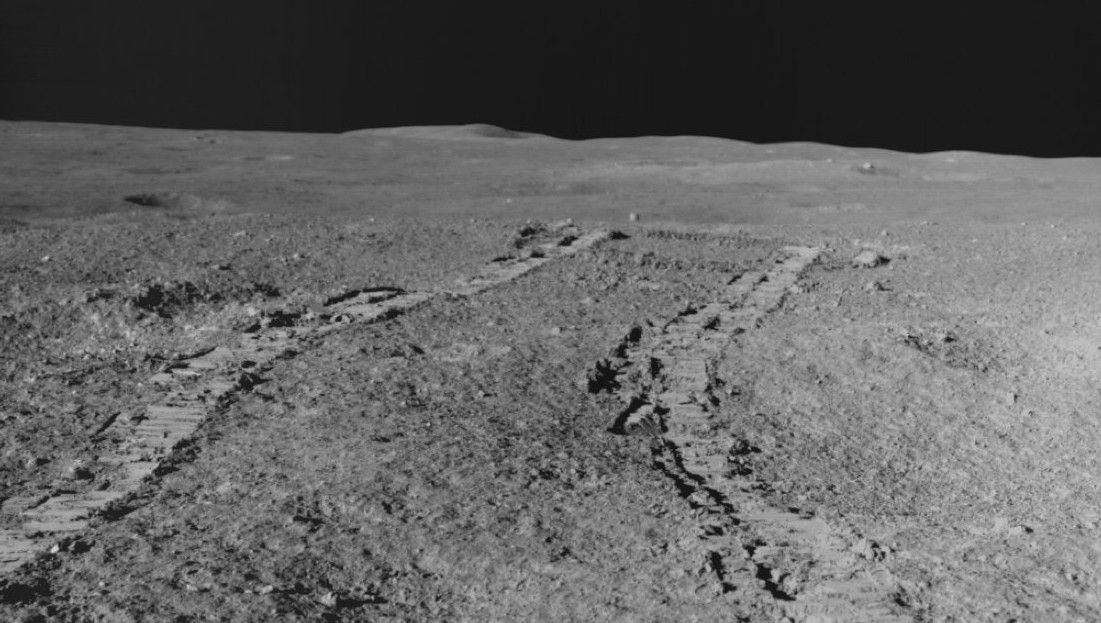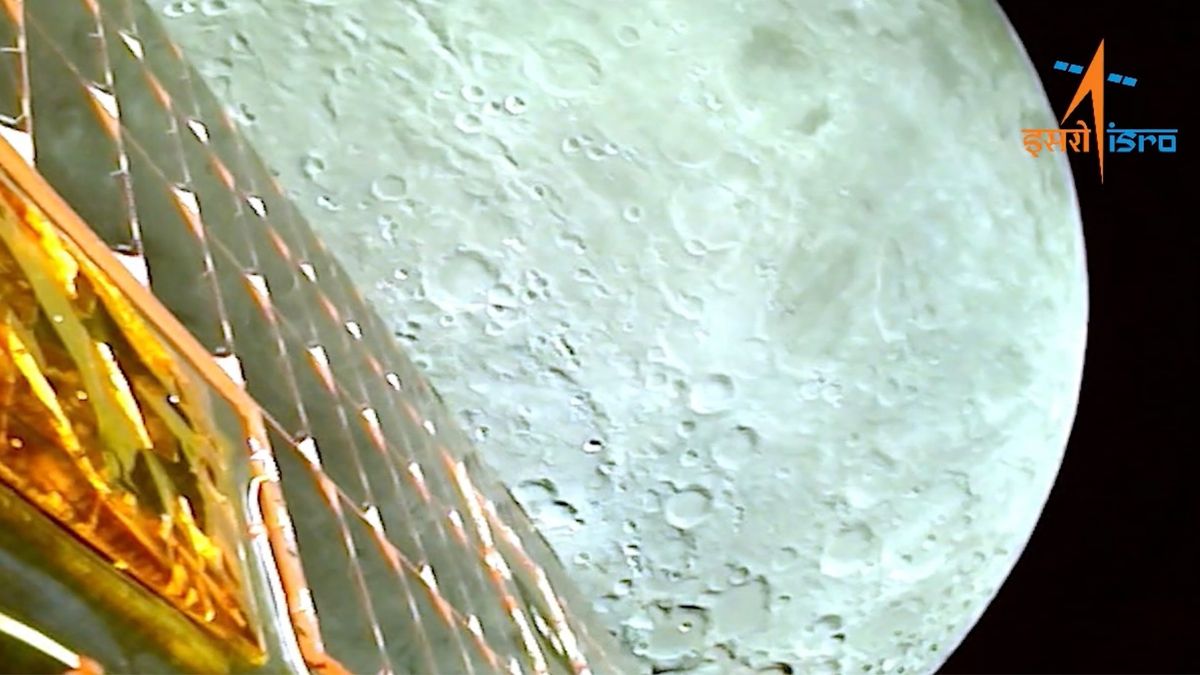India's lunar rover finds 1st evidence of sulfur near the moon's south pole
By Sharmila Kuthunur published 3 days ago
The six-wheeled Pragyan rover just notched another milestone while exploring the lunar south pole.

Tracks from India's lunar rover appear on the grey, dusty surface of the moon's south pole
The path of the Chandrayaan-3 rover as seen near the lunar south pole on Aug. 27 (Image credit: ISRO)
India's moon rover, Chandrayaan-3, has for the first time detected sulfur near the moon's south pole, the country's space agency announced earlier this week. The sought-after element is usually found near volcanoes on Earth, so its appearance on the moon hints at our satellite's volcanic history as well as past atmospheric conditions, scientists say.
And reserves of the element could be key for building infrastructure on the moon.
The detection comes less than a week after India's spacecraft aced its touchdown about 70 degrees from the lunar south pole. Less than a day later, the solar-powered Pragyan rover began its quest for frozen water in its new home.
While that discovery is yet to come Pragyan has "unambiguously" detected sulfur in lunar soil by conducting first-ever local measurements on the moon, the Indian Space Research Organization (ISRO) said in a statement published Monday (Aug. 28). The rover is equipped with a chemical analysis tool — not unlike the ones onboard Mars rovers Curiosity and China's now-defunct Zhurong — which can beam a laser onto the lunar surface and zap soil particles into a plume of plasma. Sulfur was then detected in the plume by the unique wavelength at which it emits light, ISRO noted.

India's Chandrayaan-3 spacecraft snapped this photo while entering orbit around the moon on Aug. 5, 2023. (Image credit: ISRO)
Using the same method, Pragyan also spotted a host of other elements in lunar soil: Aluminum, calcium, chromium, iron, manganese, oxygen, silicon and titanium. While these elements and their abundance can unveil more details about how the moon evolved geologically, sulfur's presence specifically has intrigued scientists since the 1970s.
More:
https://www.livescience.com/space/the-moon/indias-lunar-rover-finds-1st-evidence-of-sulfur-near-the-moons-south-pole

